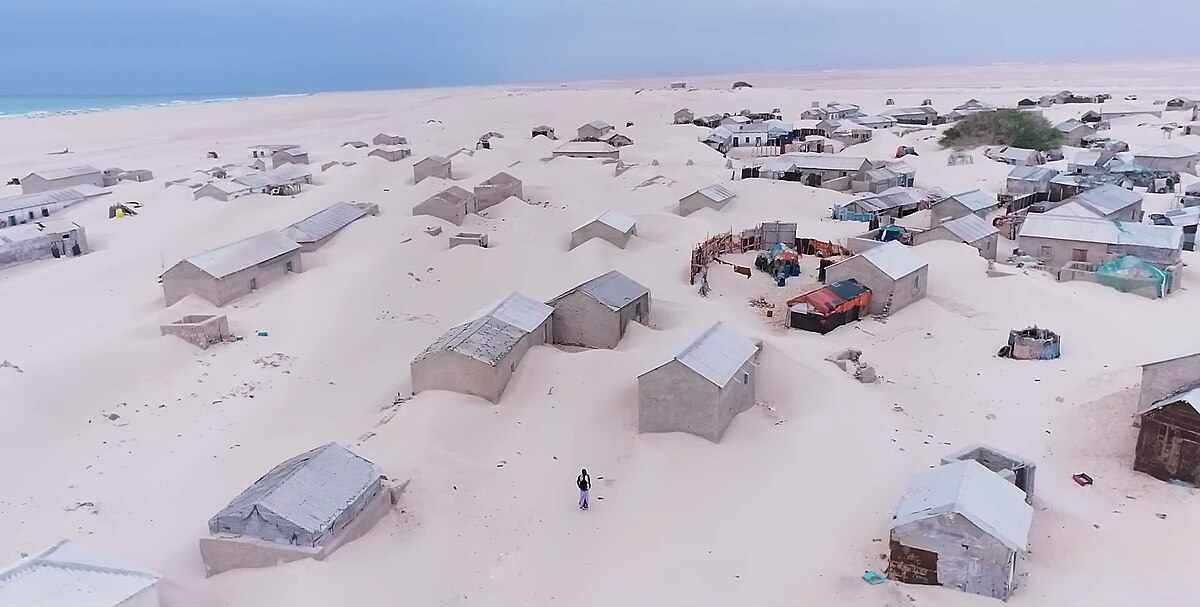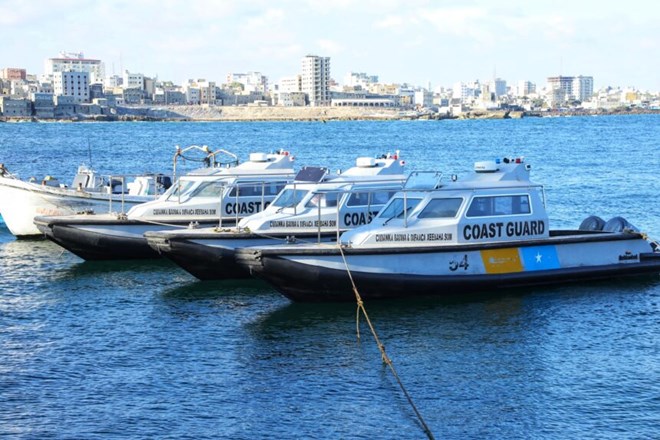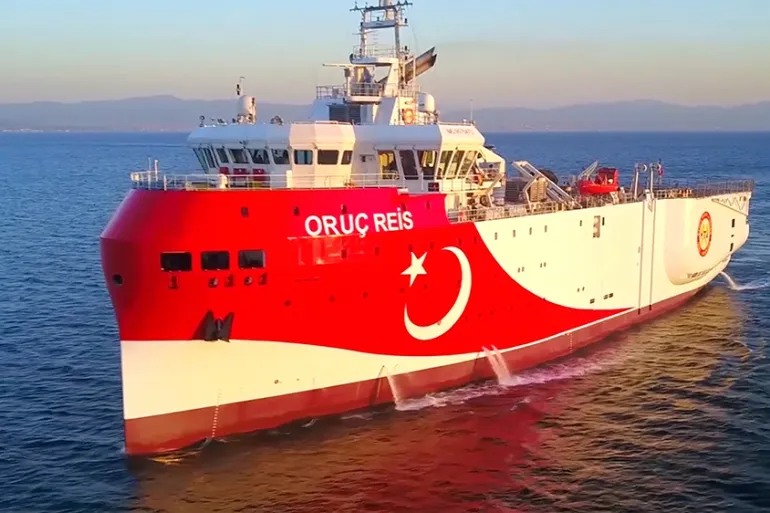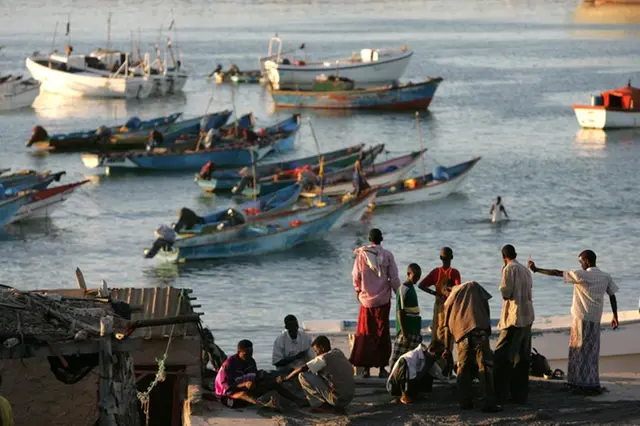By Ahmed Ali
Along the quiet, wind-battered shores of Somalia, small towns like Kulub and Dhinowda are fighting a battle that few outside the region even know exists. This battle is not against war or illegal fishing trawlers, but against a slower, quieter enemy: the sand dunes. Wind-driven sands, combined with coastal erosion, are consuming arable land, infrastructure, and housing at a growing pace. Without action, the survival of these towns will become even more difficult in the years ahead.
This is not an isolated problem. Across Africa’s Atlantic and Indian Ocean coastlines, sand dune encroachment has posed risks to human settlements, ecosystems, and economies. What makes the situation in Somalia particularly urgent is the combination of environmental degradation, limited financial resources, and already fragile infrastructure.

Despite these challenges, Somali communities are not without options. Effective dune management does not always require large-scale engineering projects. In fact, with limited funding, some of the most practical solutions are also the most traditional and nature-based.
Stabilizing dunes by planting native vegetation — such as salt-tolerant grasses and shrubs — is one proven method. Plants hold the sand in place with their root systems and create natural barriers against wind movement. Additionally, constructing simple sand fences from locally available materials like branches, reeds, or old fishing nets can help trap sand and encourage the formation of stable dune systems.
Community mobilization will be critical. Small-scale initiatives led by local residents can deliver results when supported by basic training and minimal investment in tools and seedlings. Similar low-cost projects have succeeded in other parts of West Africa, offering models that could be adapted to Somali coastal conditions.
Another important element is protecting and restoring the natural coastal vegetation that historically shielded towns from dune migration. Efforts to plant mangroves where appropriate and to reduce unsustainable practices like overgrazing and woodcutting near dunes can help maintain a natural buffer zone.
In the longer term, integrating traditional knowledge about land and seasonal movement with newer techniques in environmental management could offer a sustainable path forward. External assistance, where available, should prioritize supporting community-led efforts rather than imposing expensive and often unsustainable technical solutions.
The risk posed by moving sand dunes in Kulub, Dhinowda, and similar towns is real. However, with coordinated, low-cost action focused on natural dune stabilization, local communities have the tools to slow or even reverse the trend. A strategic, community-based response can protect these coastal settlements and preserve their future in an increasingly challenging environment.





